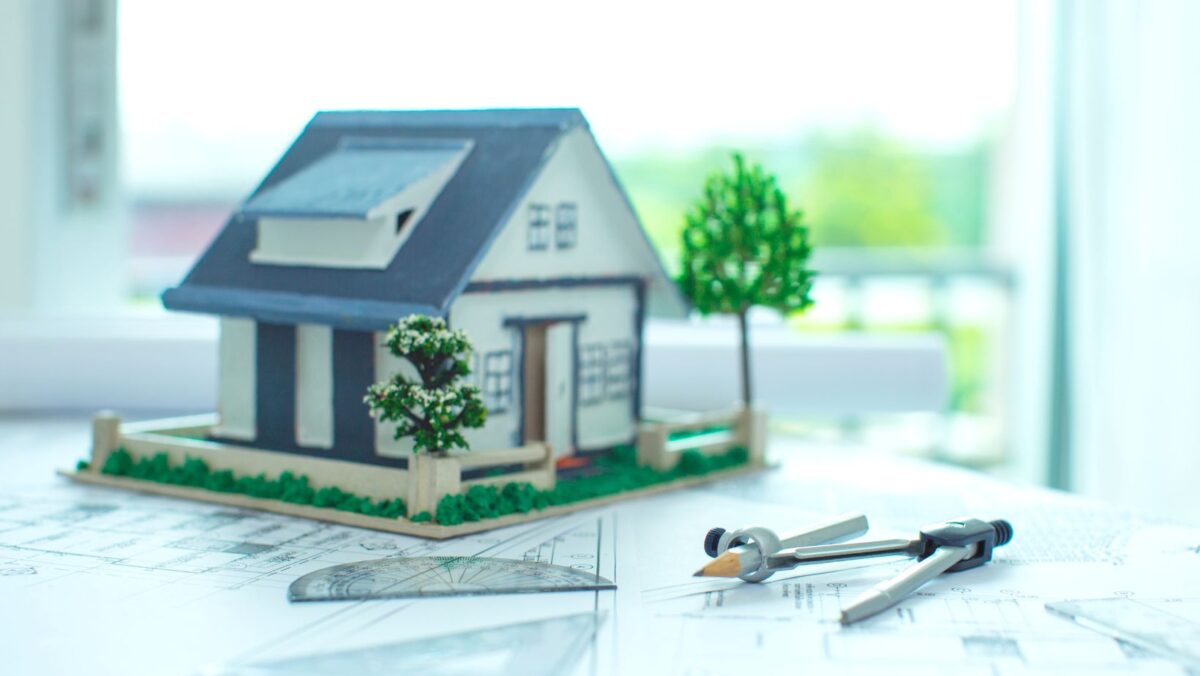What is Good Design if Not Designing for Good
Design is more than just aesthetics. It is about creating solutions that not only look good, but also serve a purpose. As a designer, I believe that good design goes beyond the surface level and encompasses the values of functionality, usability, and sustainability. In this article, I will explore the concept of good design and why it is essential to design with a purpose in mind.
When it comes to good design, it’s not just about making things visually appealing. It’s about understanding the needs and desires of the end user and creating a product or experience that meets those needs effectively. Good design is about problem-solving, making things easier, and enhancing the overall user experience. In this article, I will delve into the importance of user-centered design and how it can lead to successful and impactful outcomes.
Designing for good goes beyond the individual user and extends to the broader impact on society and the environment. It involves considering the ethical and sustainable aspects of design, such as using eco-friendly materials, minimizing waste, and promoting social responsibility. In this article, I will discuss the role of design in creating positive change and how designers can contribute to a more sustainable and inclusive future.
Importance of Good Design
Good design is not just about creating visually appealing products or experiences. It encompasses a much broader scope, focusing on functionality, usability, and sustainability. When we talk about good design, we are referring to designing with a purpose in mind – designing for good.
Designing with a purpose means understanding the needs and desires of the end user. It involves empathizing with their experiences, challenges, and aspirations. By putting ourselves in their shoes, we can create solutions that truly meet their needs and enhance their lives. Good design is user-centered design.
User-centered design is crucial because it ensures that the end product or experience is intuitive, efficient, and enjoyable to use. By considering the user’s perspective throughout the design process, we can eliminate unnecessary complexities and create seamless interactions. Good design is about making people’s lives easier and more delightful.
But good design doesn’t stop there. It also extends to the broader impact on society and the environment. Designers have a responsibility to consider the ethical and sustainable aspects of their work. They have the power to shape the world in a positive way by creating solutions that are socially responsible and environmentally friendly.
Designing for good means creating products that minimize waste, conserve resources, and promote social equality. It means designing with a long-term perspective, considering the lifecycle of the product and its impact on the environment. Good design is about making choices that benefit not only the end user but also the planet we call home.
The importance of good design lies in its ability to create meaningful and positive change. It goes beyond aesthetics and focuses on functionality, usability, and sustainability. Good design is user-centered, considering the needs and desires of the end user. It also considers the broader impact on society and the environment, promoting ethical and sustainable practices. By designing for good, we can contribute to a more inclusive and sustainable future.

Understanding the Concept of Good Design
Good design is more than just creating visually appealing products or experiences. It encompasses a deeper understanding of the needs and desires of the end user. As a designer, it is crucial to go beyond aesthetics and focus on functionality, usability, and sustainability.
When I think about good design, I consider the impact it has on people’s lives. It’s about creating products and experiences that enhance the way we live, work, and interact with the world around us. Good design should make our lives easier, more efficient, and more enjoyable.
One key aspect of good design is user-centered design. This approach involves putting the needs and preferences of the end user at the forefront of the design process. By understanding their behaviors, motivations, and challenges, I can create solutions that truly meet their needs. This ensures that the final product or experience is intuitive, user-friendly, and ultimately successful.
But what is good design if not designing for good? It goes beyond individual satisfaction and extends to considering the broader impact on society and the environment. Designers have a responsibility to create products and experiences that are ethical and sustainable. This means considering the lifecycle of a product, from its materials and production processes to its eventual disposal. By designing for good, I can contribute to a more sustainable and inclusive future.
Understanding the concept of good design means going beyond aesthetics and focusing on functionality, usability, and sustainability. It involves embracing user-centered design principles and considering the broader impact on society and the environment. As a designer, I strive to create solutions that not only meet the needs of the end user but also contribute to a better world.

